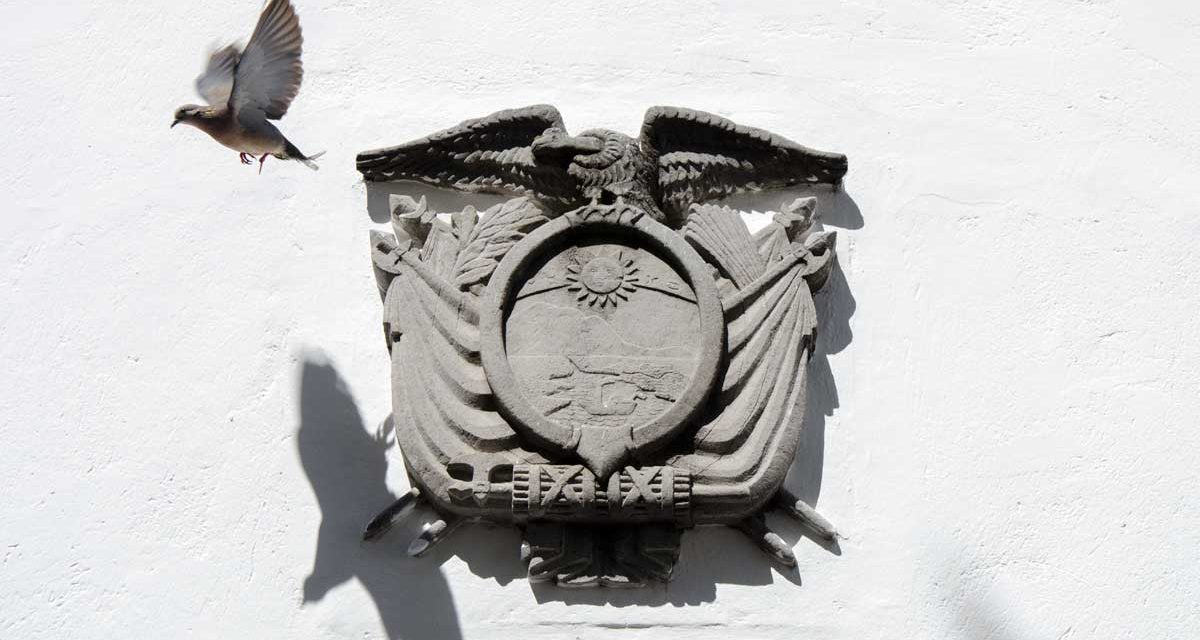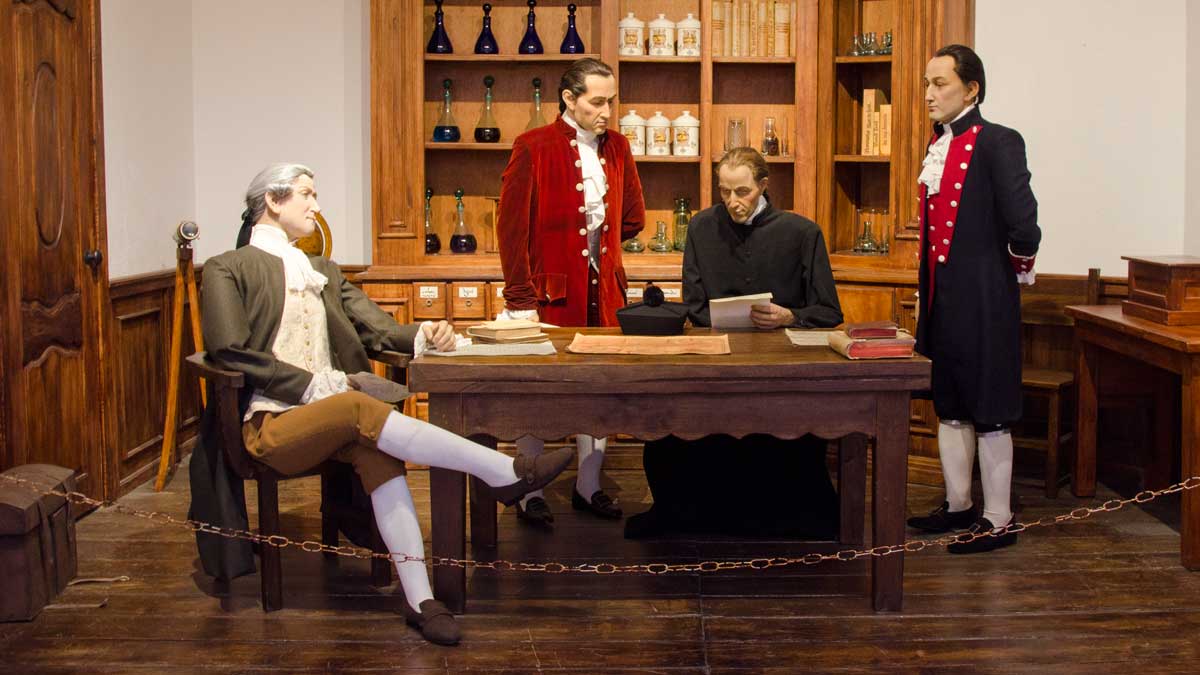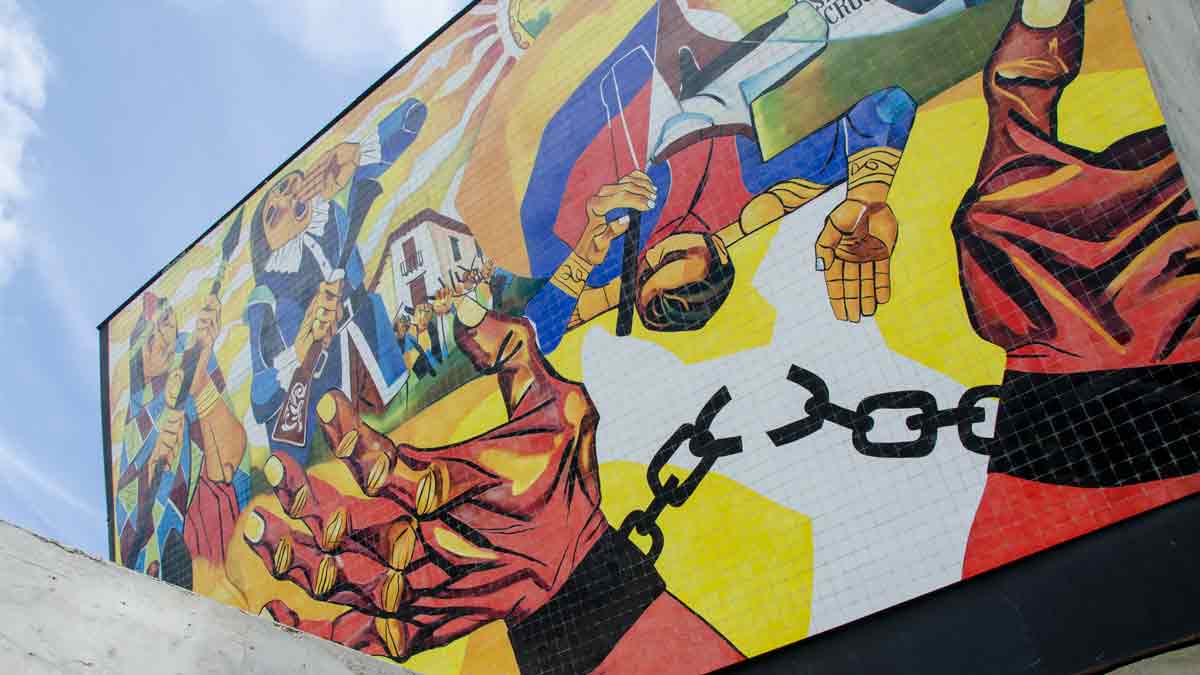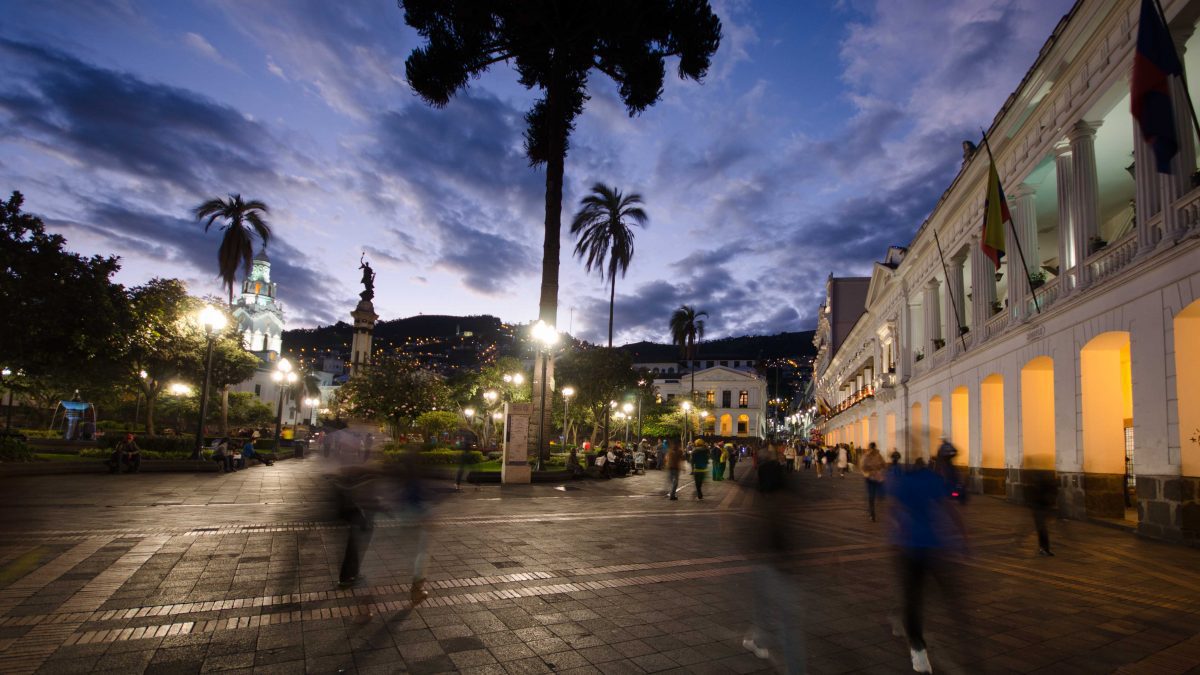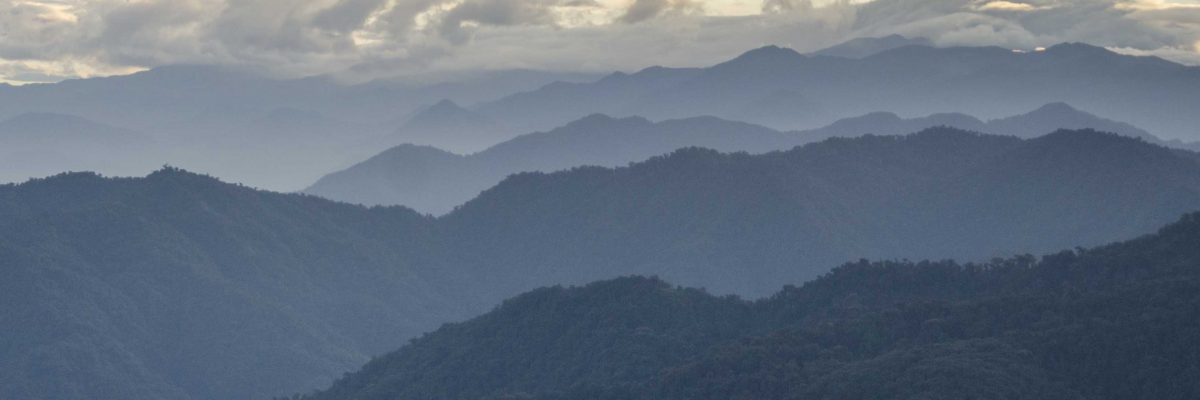As responsible travelers evolve, so do the stories we share.
This article is part of our living archive — trusted content we continue to care for.
First published on August 10, 2019 • Last updated on February 11, 2022.
On August 10, 1809, a group of Criollo citizens of the Audencia Real de Quito, announced the local rebellion to overthrow Spanish-colonial rule. In Ecuador, the day is known as El Primer Grito de La Independencia, the First Cry for Freedom.
Led by Juan Pío Montúfar and José Cuero y Caicedo, the cry for independence set the wheels of a broader movement in motion. They and other governmental representatives from the different neighborhoods in Quito signed a document, El Acta de Independencia de 1809, confirming their commitment to a new form of government. Their act is comparable to the signing of the Declaration of Independence in the United States.
In response, the Spanish colonial government rallied troops from Popayan, Pasto, and Guayaquil in hopes to quell the budding rebellion. Eventually, the revolutionary governing board allowed the troops free passage into the city with the agreement that no reprisals would be taken against the rebels. However, less than a year later, the colonial government massacred more than 300 revolutionaries in Quito.
Nevertheless, that massacre did nothing to quell the fiery heart of a revolution born on the eve of August 10 in Quito, Ecuador.
The First Cry For Freedom in South America
Despite the seeming failure of the acts of August 9 and 10, 1809, the signing of the Independence Act, as well as the attempt to take the city, provided an example to the rest of South America.
While revolutionaries in other South American cities whispered and sometimes acted upon their desire to throw off Spanish rule, no other group had signed their names to a document declaring independence from Spain. Moreover, the Quito Independence Act of 1809 included a rallying cry to other South American cities to join the cause. Quito became so well-known for this act that its sobriquet became Luz de América (Light of America).
When we first moved to Ecuador, we did not understand why so many cities celebrated Independence Day at different times. For example, Cuenca celebrates on November 3rd and Guayaquil on October 9th. Riobamba’s Day of Independence is on April 21st and the tiny town of Saraguro on March 10th.
Independence came in waves that hit city by city, region by region, and, finally, country by country. It took more than a decade for the revolution to foment and finally succeed in all of modern-day Ecuador. When it finished, Ecuador became part of the country known as Gran Colombia.
History Behind Independence Day in Quito, Ecuador
Montúfar and the governing board in Quito realized that a unique opportunity existed for Spanish citizens born in South America, the criollos. Napolean was running rampant in Europe. In 1808, Napolean removed Ferdinand VII from power. It meant that Spanish citizens in the Americas were torn by choices.
Many declared themselves loyal to the deposed king, others supported Napolean, and still, others cried for self-governance like their neighbors to the north, the newly founded United States of America. The rebellion was easier to plan with so many split loyalties.
After Ferdinand VII regained power from Napolean in 1814, he wanted to regain control over all of his colonies. He decided to rule with an iron fist. He misjudged and forced many loyalists to reconsider their support for the crown. Therefore, more than a decade after the first cry for freedom from Spain, cities and provinces found broad support in their fight for liberty.
Despite the desire of so many to throw of the yoke of colonial rule, Quito did not actually find independence until May 24, 1822, the date of the Battle of Pichincha.
Learning More About the History of the First Cry For Freedom
Quito is a great font of history for those wanting to learn more about the Spanish Colonial Revolutions. In particular, the Museum of Alberto Meno Caamaño in the UNESCO recognized historic center is an excellent source for the early revolutionary period in Ecuador. History buffs should be sure not to miss it.
Other places in Quito to visit for Spanish Colonial Revolutionary History are:
- La Cima de la Libertad – this hilltop museum and memorial offer great views of the Panecillo and Quito as well as a small museum dedicated to the revolution. Read more about our experience with this museum: https://notyouraverageamerican.com/la-cima-de-la-libertad-quito/
- La Plaza de Independencia – the Independence Plaza is central to historic Quito. It is also the center of government, home to the Presidential Palace, the City Government, the old Archbishop’s Palace (now a modern-day shopping center with restaurants), and the City Cathedral. In the center, a large commemorative statue recognizes the Quiteños involved with the First Cry of Independence.
- Casa Museo Manuela Saenz – a female revolutionary of infamous renown, Manuela Saenz is both heroine and temptress. The mistress of famous revolutionary Simón Bolivar, she offered her home in support of revolutionary gatherings. Her role in the uprising is fraught with debates about the impropriety of her extra-marital relationship the time. Read more from this outside source: https://museosdequito.wordpress.com/casa-museo-manuela-saenz/
- Museo Casa de Sucre – tucked into the cobblestone streets of historic Quito, the Museum of Sucre’s House holds a collection of revolutionary military history as well as memorabilia from the Mariscal’s personal life. We have visited this small museum but were unable to take photographs. It is of interest to those looking to learn more about the military history of the revolution. Read more from this outside source: https://www.lonelyplanet.com/ecuador/quito/attractions/museo-casa-de-sucre/a/poi-sig/436178/363359
- Museo de la Ciudad – although this museum is not dedicated to military history, its offerings include interpretative displays that include the revolution that took place in Quito. The museum offers a full history to include pre-colonization to modern-day. Read more from this outside source: http://www.museociudadquito.gob.ec/
Sources for This Article
Articles in Spanish that served as sources for this post:
- https://www.elcomercio.com/afull/quito-10deagosto-independencia-ecuador-historia.html
- https://latam.historyplay.tv/hoy-en-la-historia/primer-grito-de-la-independencia-de-ecuador
- https://en.wikipedia.org/wiki/Latin_American_wars_of_independence
- https://www.culturaypatrimonio.gob.ec/205-anos-del-primer-grito-de-independencia-del-ecuador-10-de-agosto-de-1809/

